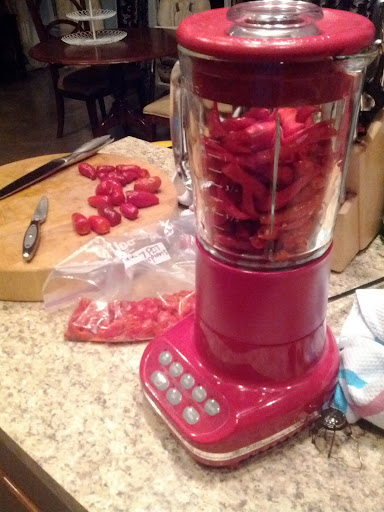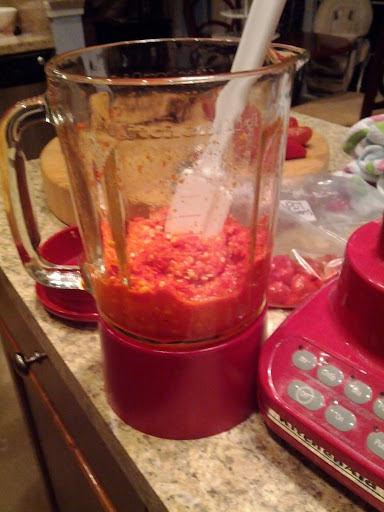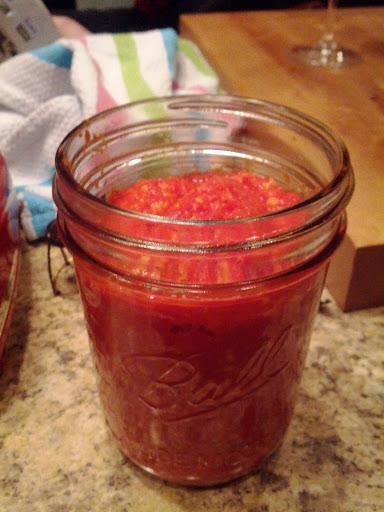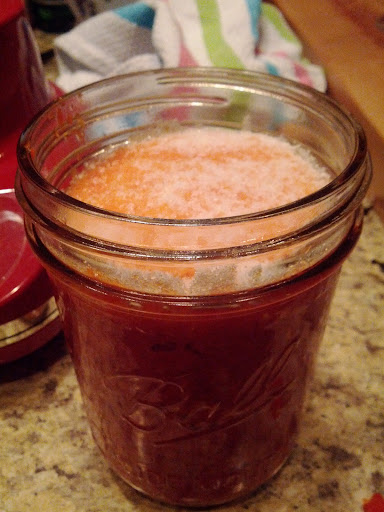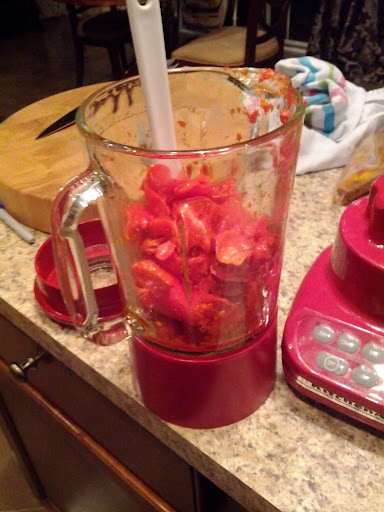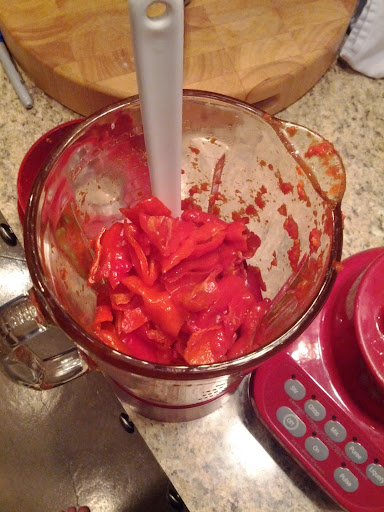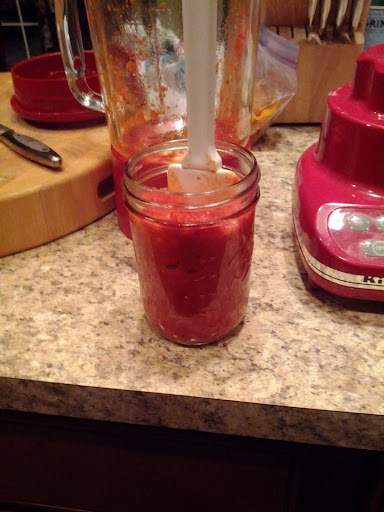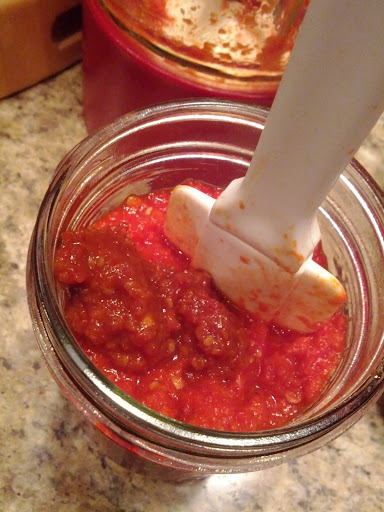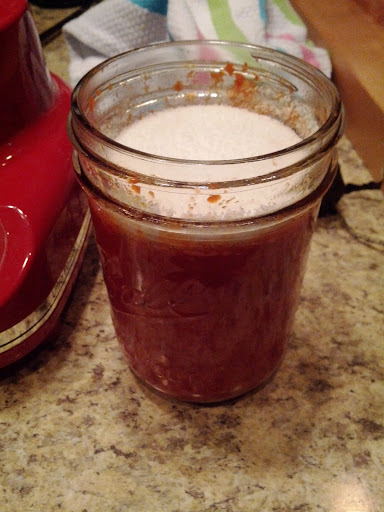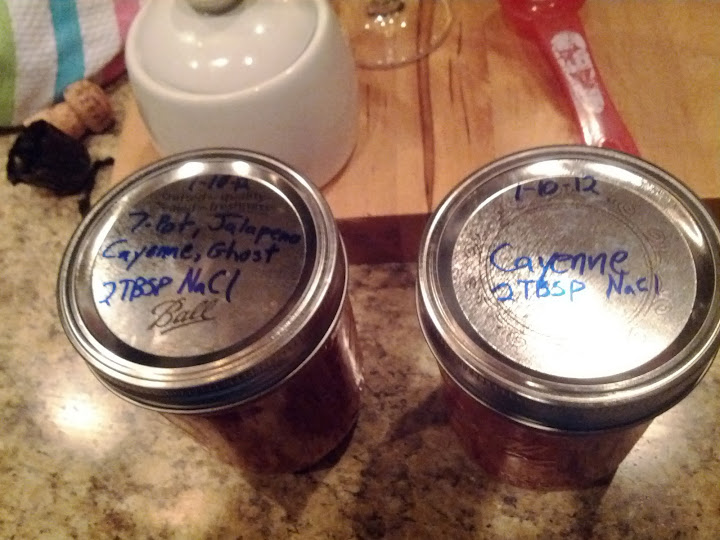god damnit
i had this entire shit written up
but as far as its concerned
Ethanol Production by a sacc yeast strain, as you designate as brewers yeast, which you say that you use, will ABSOLUTELY affect the pH of a finished product
No, this is 100% incorrect. A basic understanding of organic chemistry would be helpful before making such claims. Ethanol for use in alcoholic beverages, and the vast majority of ethanol for use as fuel, is produced by fermentation. When certain species of yeast metabolize sugar they produce ethanol and carbon dioxide. The chemical equations below summarize the conversion:
C[sub]6[/sub]H[sub]12[/sub]O[sub]6[/sub] → 2 CH[sub]3[/sub]CH[sub]2[/sub]OH + 2 CO[sub]2[/sub]
C[sub]12[/sub]H[sub]22[/sub]O[sub]11[/sub] + H[sub]2[/sub]O → 4 CH[sub]3[/sub]CH[sub]2[/sub]OH + 4 CO[sub]2[/sub]
You'll notice nowhere in this equation is H+ or OH- formed. There are no acids/bases and accompanying precipitates formed, and pH remains unchanged. Now if you're talking about other unintended processes, then sure those can affect pH. Hell simply heating/cooling the solution will change pH to some degree. You'll note grain alcohol is roughly 7.33 pH - about the same as water.
and ethanol fermentation does not require a LACK OF LB to take place, in fact LB will actually attentuate farther some of the complex sugars that a designated, and I say that with regard, a designated sacc yeast strain can do
And as far as a Lacto strain being undesireable in beer, well it depends on the beer doesnt it, or did you not know that almost all of the flanders region in Belgium AND the berlinerweiss beers are produced using a lacto yeast to promote a sour characteristic, in fact the RELY on lacto to produce a "sour" mash in order to aid in the lowering of the pH of the mash, and inevitably the wort of said beer to produce the characteristics they are known for
Yes, I'm quite familiar with lambic ales as I've brewed many. My favorite was a blueberry lambic. However, LB is only introduced after primary fermentation/hopping has mostly finished as the lactic acid would otherwise create a hostile environment for the yeast - thus inhibiting ethanol fermentation.
However, this thread isn't about beer brewing, it's about fermentation for the purposes of hot sauce making. One uses yeast, the other uses LB; and many in this thread seem to confuse the two - including the OP who mentioned "For a wild fermentation you are going to collect the wild yeast that is in the air and use it to ferment the peppers" when he clearly meat collect wild lactobacillus. The continued mention of the use of Sourdough "hooch" only served to further the confusion since it's a specialized type of bread that uses both LB and breadmaking Yeast.
In reality, for LB fermentation all you really need is live yogurt culture runoff, or a day exposed to the air. Unless you just really want to make bread, there's no need to go through all the trouble of making sourdough "hooch".




